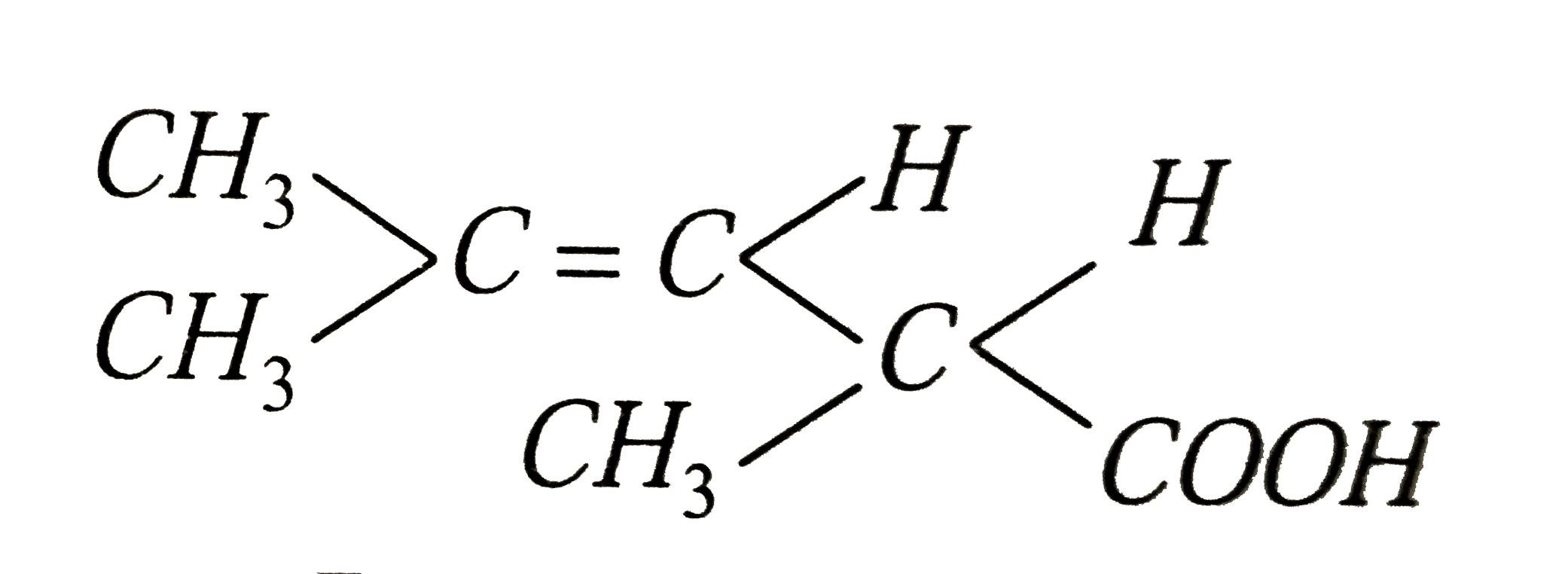Which of the following compounds will exhibit d-orbital resonance?
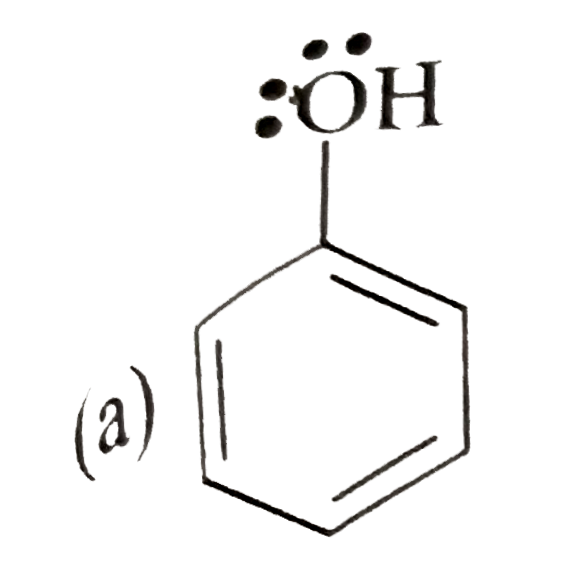
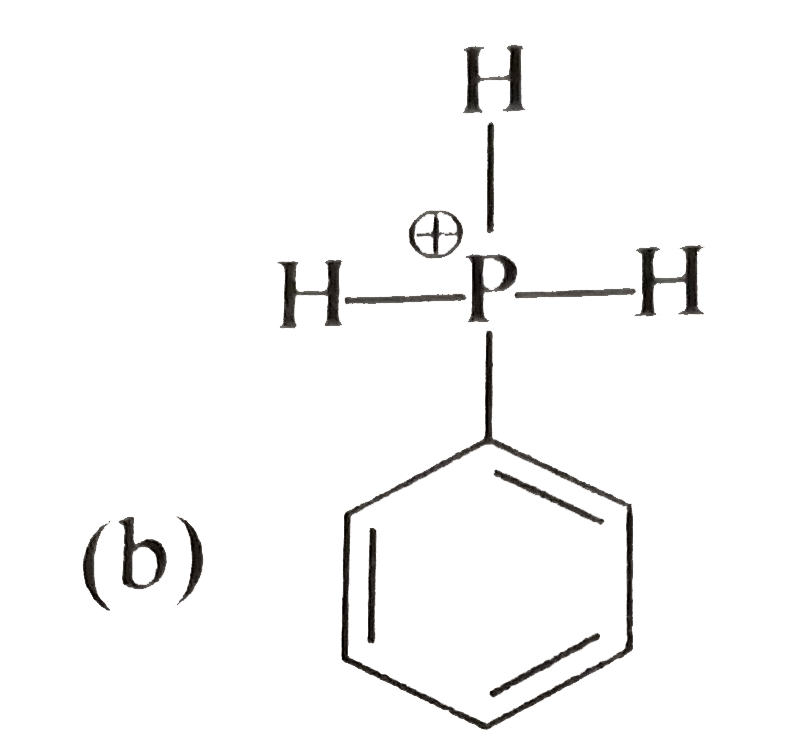
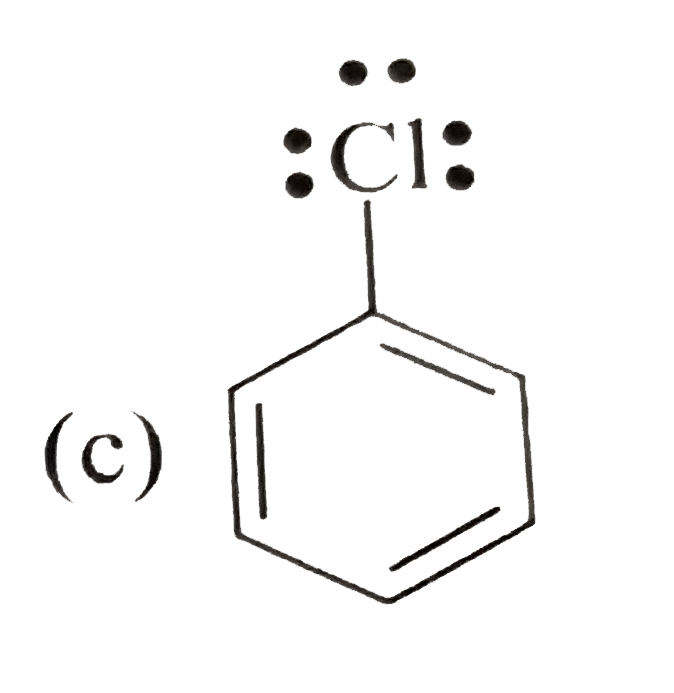
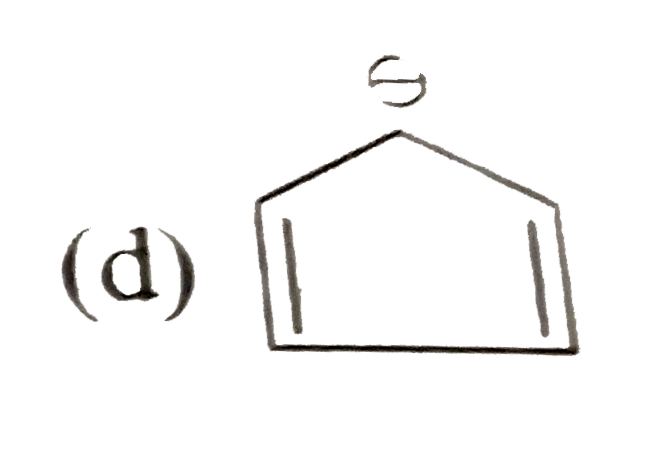
The correct Answer is:B
To determine which of the given compounds will exhibit d-orbital resonance, we need to analyze the electronic structure of the elements involved, particularly focusing on phosphorus and chlorine, as they are the key players in this phenomenon.
1. Understanding d-Orbital Resonance:
- d-orbital resonance occurs when a compound has a central atom with vacant d-orbitals that can accept electron density from neighboring atoms or groups. This typically involves elements from the third period and below in the periodic table, such as phosphorus and chlorine.
2. Identifying the Elements:
- We need to focus on phosphorus (P) and chlorine (Cl) as they are the elements that can exhibit d-orbital resonance. Carbon (C) does not have d-orbitals and thus cannot participate in d-orbital resonance.
3. Evaluating Chlorine:
- Chlorine is an electron-rich species with several lone pairs of electrons. While it has vacant d-orbitals, the presence of these lone pairs makes it less likely to participate in resonance with other electron-rich species. Therefore, chlorine is not a good candidate for d-orbital resonance.
4. Evaluating Phosphorus:
- Phosphorus, on the other hand, can be an electron-deficient species, especially when it carries a positive charge. It has vacant d-orbitals that can accept electrons. This makes phosphorus a suitable candidate for d-orbital resonance, as it can effectively participate in resonance with electron-donating groups.
5. Conclusion:
- Based on the analysis, phosphorus can participate in d-orbital resonance due to its electron deficiency and vacant d-orbitals, while chlorine cannot effectively participate due to its electron-rich nature. Therefore, the compound containing phosphorus will exhibit d-orbital resonance.
Final Answer:
The compound that will exhibit d-orbital resonance is the one containing phosphorus.
- d-orbital resonance occurs when a compound has a central atom with vacant d-orbitals that can accept electron density from neighboring atoms or groups. This typically involves elements from the third period and below in the periodic table, such as phosphorus and chlorine.
- We need to focus on phosphorus (P) and chlorine (Cl) as they are the elements that can exhibit d-orbital resonance. Carbon (C) does not have d-orbitals and thus cannot participate in d-orbital resonance.
- Chlorine is an electron-rich species with several lone pairs of electrons. While it has vacant d-orbitals, the presence of these lone pairs makes it less likely to participate in resonance with other electron-rich species. Therefore, chlorine is not a good candidate for d-orbital resonance.
- Phosphorus, on the other hand, can be an electron-deficient species, especially when it carries a positive charge. It has vacant d-orbitals that can accept electrons. This makes phosphorus a suitable candidate for d-orbital resonance, as it can effectively participate in resonance with electron-donating groups.
- Based on the analysis, phosphorus can participate in d-orbital resonance due to its electron deficiency and vacant d-orbitals, while chlorine cannot effectively participate due to its electron-rich nature. Therefore, the compound containing phosphorus will exhibit d-orbital resonance.
The compound that will exhibit d-orbital resonance is the one containing phosphorus.
Topper's Solved these Questions
- GENERAL ORGANIC CHEMISTRYBOOK - HIMANSHU PANDEYCHAPTER - GENERAL ORGANIC CHEMISTRYEXERCISE - Level 2 (Q.26 To Q.50)
25 Videos
- GENERAL ORGANIC CHEMISTRYBOOK - HIMANSHU PANDEYCHAPTER - GENERAL ORGANIC CHEMISTRYEXERCISE - Level 2 (Q.51 To Q.75)
25 Videos
- GENERAL ORGANIC CHEMISTRYBOOK - HIMANSHU PANDEYCHAPTER - GENERAL ORGANIC CHEMISTRYEXERCISE - Level 1 (Q.26 To Q.49)
24 Videos
- CHEMISTRY IN DAILY LIFEBOOK - HIMANSHU PANDEYCHAPTER - CHEMISTRY IN DAILY LIFEEXERCISE - Integer Answer Type Problems
7 Videos
- HALIDESBOOK - HIMANSHU PANDEYCHAPTER - HALIDESEXERCISE - Subjective Type Problems
10 Videos
Similar Questions
Knowledge Check
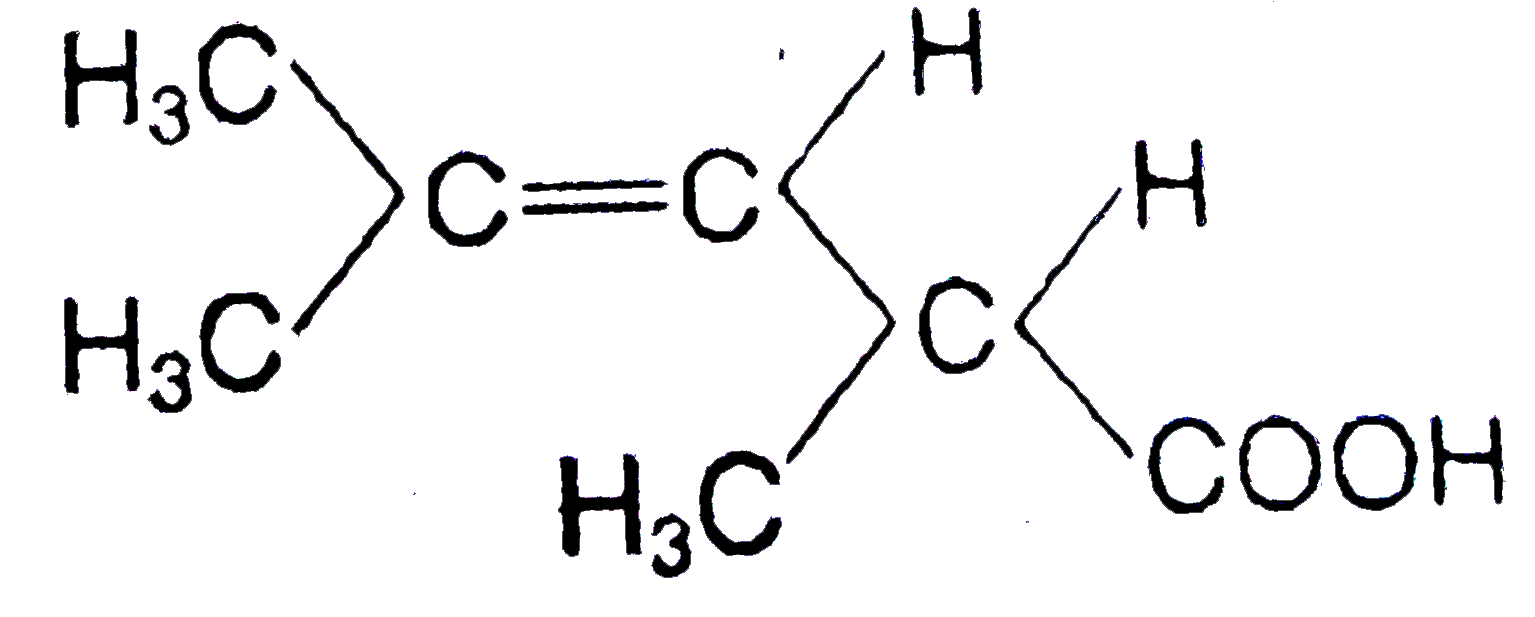
The following compound can exhibitsAtautomerismBoptical isomerismCgeometrical isomerismDgeometrical and optical isomerismThe following compound can exhibit
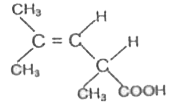 AgeometricalBgeometrical and optical isomerismCoptical isomerismDtautomerism
AgeometricalBgeometrical and optical isomerismCoptical isomerismDtautomerismWhich of the following compound exhibit rotamers?
Abut-2-eneBmaleic acidCbutaneDfumaric acid
Which of the following compounds will exhibit optical isomerism ?
View SolutionWhich of the following compounds will exhibits geometrical isomerism ?
View SolutionWhich of the following compounds will exhibits geometrical isomerism ?
View SolutionWhich of the following compounds will exhibit geometrical isomerism?
View SolutionWhich of the following compounds will exhibit geometrical isomerism?
View Solution

